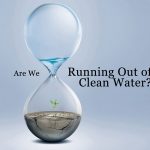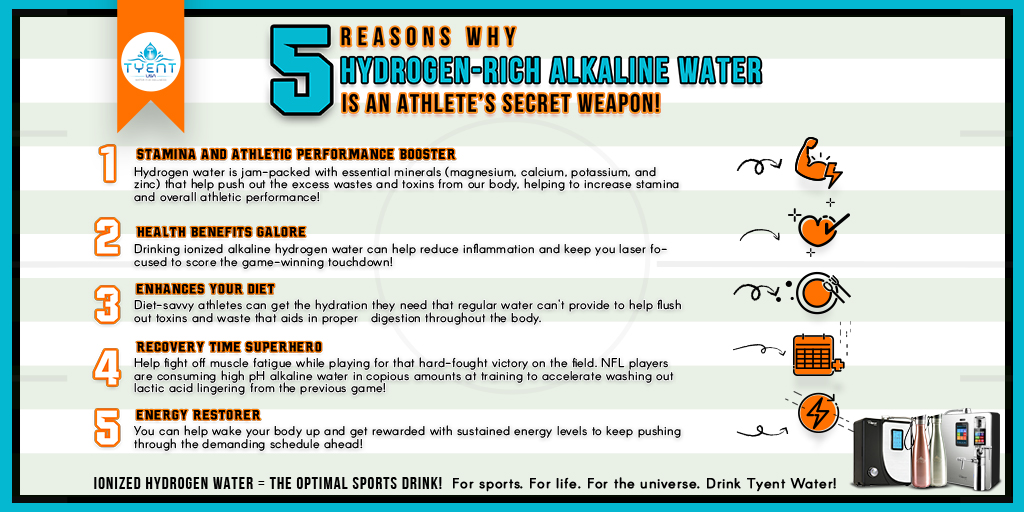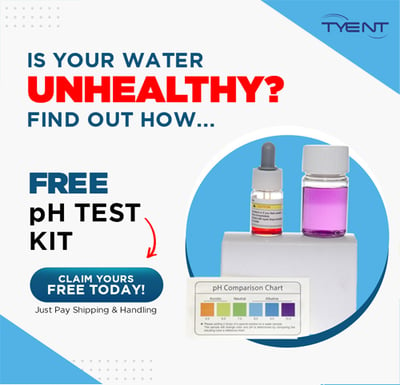The Never Ending Cycle of Water
The Question
Were you aware there is about the same amount of water on the Earth today as there was millions of years ago? It’s hard to believe really, when you take in to account that approximately 97% of all the fresh water on the planet is locked down in snow caps, glaciers, and in the frozen tundra and we can’t access it.
That leaves only about 3% of the world’s fresh water available to us and of that 3%, about 97% is salt water and undrinkable.
Therefore, in actuality, we have about 1% of the world’s fresh water available at any given time. Not much, but so far, enough.
Back to the original point, with fresh water so paramount to our survival, how is it we haven’t used up that 1% already?
The Answer
Known to Meteorologists as the Water Cycle, this constant cyclic pattern is Nature’s way of replenishing the Earth’s water supply and has been going on since time immemorial. Without this cycle, all life would cease to exist.
It begins with the water itself. Water is the only element that in its natural state, is a liquid (water), gas (fog), and solid (snow/ice). As the sun heats the surface of the planet, water begins to evaporate. As it does, it rises into the atmosphere in the form of a vapor.
Once in the atmosphere, this vapor begins to cool and as it does, condenses into tiny water droplets. These droplets cling together and grow ever larger until their weight and mass become too heavy for the atmosphere to hold and it falls to Earth in the form of snow and rain.
 The water that hits the ground falls into rivers, streams and lakes that may eventually flow back into the ocean. Much of the rain that falls is used by both plants and animals or evaporates back into the atmosphere where the cycle stars all over.
The water that hits the ground falls into rivers, streams and lakes that may eventually flow back into the ocean. Much of the rain that falls is used by both plants and animals or evaporates back into the atmosphere where the cycle stars all over.
Rain that falls too heavily in too short of time can have some serious side effects. Flash floods or gully washers, are common when the ground is dried and hard from lack of rain. The ground can become like concrete, causing the water to just rush over it without soaking in. Many an unsuspecting person has become an unintentional victim of a flash flood where there was no water only moments ago.
With a slow, soaking rain, the water can go deep enough into the ground to reach the water table. The water table is water that gravity has pulled below the surface or ground, and is pooled when it reaches rock that it cannot permeate.
This pool is what you are aiming and hoping for when you dig a well. Fresh, clean and safe water is the cornerstone of sustainable life.
Clean Water
Given the limited water available to us, and of that, so little of it clean, it is no wonder that municipalities are struggling to provide enough safe drinking water. Unfortunately, the only way they can succeed in doing that is with chemicals.
Not only is the water polluted with all types of chemicals when it arrives at the water purifying plant, more chemicals must be introduced to combat those already in the water.
Suffice it to say that by the time the water flows from your tap at home, it has literally hundreds of chemical in it. So if you want to drink water, what other choice have you except to but expensive bottled water that pollutes the planet in its manufacturing and again in the landfill it ends up in?
The Choice Tyent Water.
Tyent USA provides water purification systems for your home and office that produce virtually chemical free, safe and delicious drinking water.
Ionized alkaline water from Tyent is the best you can drink. Rich in minerals and with a high pH level, Tyent Water can be beneficial to your health.
People from all over the world are discovering how great this amazing water is and are lined-up to give their testimonies.
To learn more and read for yourself what people just like you have to say about this pure, healthy water, please follow this link.
http://www.tyentusa.com/learn/alkaline-water/testimonials
Info Credit
Same amount of water
http://dnr.wi.gov/org/caer/ce/eek/earth/conserve.htm
Rainfall
http://www-k12.atmos.washington.edu/
Water table
http://imnh.isu.edu/
Image credit
123rf.com
tyentusa.com











